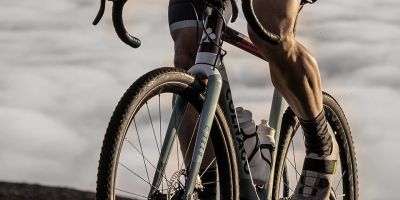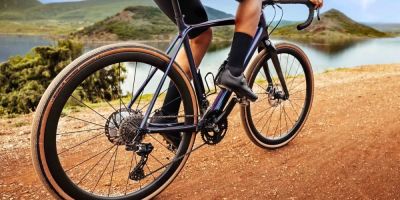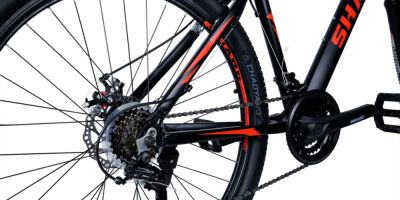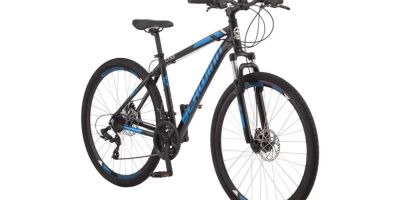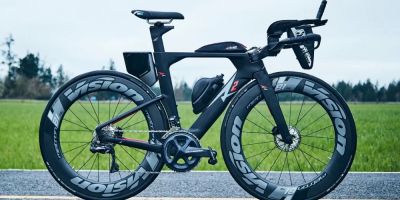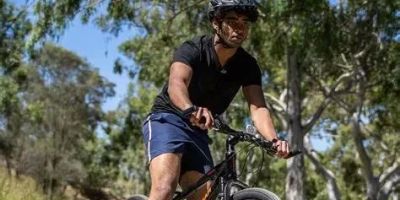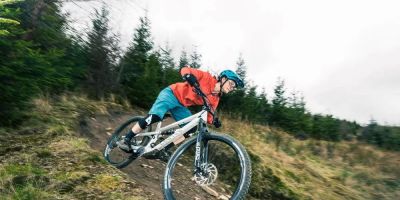How to Train for a Cycling Event: A Complete Guide for Beginners
Preparing for a cycling event is one of the most rewarding challenges I've ever undertaken. Whether you're gearing up for a 30-mile charity ride or a multi-day endurance event, the right training plan is crucial to making sure you're ready for the ride. Having been through this journey myself, I want to share some of the most effective strategies for training for a cycling event, especially if you're new to the sport. The goal is to build endurance, improve strength, and get comfortable on your bike so that you can enjoy the ride—and not just survive it.
1. Start with a Solid Foundation: Assessing Your Fitness Level
The first step I took in preparing for my first cycling event was to assess my current fitness level. This is key to designing a training plan that works for your individual needs. Everyone is starting from a different place, and knowing where you stand will help you set realistic goals and avoid injury. For beginners, don't worry if you're not able to ride 20 miles on your first day—it’s about gradual improvement.
In my case, I had been running for years but had little experience with cycling. So, I knew I had good cardiovascular fitness, but my legs weren't used to the cycling motion. This made it a bit challenging at first, but knowing this helped me focus my training on building strength and endurance on the bike.
2. Build Your Base with Consistent Rides
Once you've assessed your fitness level, the next step is to start riding consistently. For the first few weeks, focus on building your base with shorter, easy rides to get your body accustomed to the cycling motion. I started with just 10 to 12 miles at a comfortable pace. The goal was not to push myself too hard but to build a solid foundation that would allow me to handle longer distances down the line.
Consistency is key during this phase. Try to ride at least three times a week. If you can, aim for one long ride each week to gradually increase your distance. For example, I increased my long ride by about 2 to 3 miles each week. Over time, my legs became stronger, and I built the stamina needed for longer distances.
3. Incorporate Interval Training for Strength
Once you're comfortable with your base rides, it's time to incorporate some interval training into your routine. Interval training is an excellent way to improve your strength, speed, and endurance, and it became one of the most important parts of my training plan. The idea behind interval training is to alternate between periods of intense effort and recovery.
For example, I would ride hard for 1 to 2 minutes, pushing myself to a high intensity, and then slow down for 3 to 4 minutes to recover. Repeating this cycle throughout a ride helped improve my cardiovascular fitness and muscle strength. After a few weeks of interval training, I could feel a noticeable improvement in my speed and endurance on the bike.
4. Focus on Hill Training
When I was preparing for my first cycling event, I realized that hills were one of the most challenging obstacles I had to tackle. Hill training became a priority for me. While it's important to have flat rides to build endurance, hill training is essential for building leg strength and increasing your ability to handle varied terrain during the event.
I would find a local hill or incline and ride up it, focusing on maintaining a steady pace and using proper technique. I aimed for a mix of steep climbs and longer, gradual hills to mimic the terrain I'd likely encounter in the event. At first, it was tough, but over time, I noticed a huge difference in how much easier hills felt during my longer rides.
5. Rest and Recovery: Don’t Overlook It
One thing I quickly learned is that rest and recovery are just as important as the training itself. Overtraining can lead to fatigue and even injury, which could set you back weeks in your preparation. I made sure to schedule at least one rest day per week to give my body time to recover.
On rest days, I focused on stretching, foam rolling, and doing light activities like walking or yoga to stay active without straining my muscles. It was also during this time that I paid attention to my nutrition, making sure I was fueling my body properly for the upcoming training sessions.
6. Nutrition and Hydration: Fueling Your Body
Nutrition played a huge role in my training. To support my workouts and ensure I had the energy to ride longer distances, I started paying more attention to my diet. I made sure to eat a balanced diet rich in carbohydrates, protein, and healthy fats. Carbohydrates, in particular, became my best friend—especially before long rides.
I also learned the importance of hydration. Cycling is a demanding sport, and staying hydrated is essential to avoid cramps and fatigue. I always carried a water bottle with me, and on longer rides, I brought a hydration pack to make sure I had enough water. During the rides, I would take small sips regularly to keep my energy levels up.
7. Test Your Gear and Plan the Event Day
As the event day drew closer, I made sure to test all of my gear, especially my bike. I checked tire pressure, brakes, and the overall condition of the bike to make sure everything was working properly. On event day, the last thing I wanted was a flat tire or malfunctioning brakes slowing me down.
I also made a plan for the event day. I knew I needed to wake up early, have a light breakfast, and arrive at the event location with plenty of time to spare. I mapped out the route to avoid any last-minute stress. Preparing for the event day took some of the pressure off, and I was able to focus on enjoying the ride.
8. Stay Positive and Enjoy the Ride
When the day of the event finally arrived, I was both nervous and excited. I reminded myself that the goal was not only to finish the event but to enjoy the journey. During the event, there were moments of difficulty, but I focused on staying positive, taking it one pedal at a time, and enjoying the atmosphere.
Crossing the finish line was an unforgettable feeling. All the hard work, training, and dedication had paid off. I realized that training for a cycling event was not just about improving physically—it was about challenging myself and embracing the process.
If you're planning to train for a cycling event, follow these steps, stay consistent, and remember to enjoy the process. With the right training plan, determination, and mindset, you’ll be ready to tackle your cycling event and cross that finish line with pride!
If you're looking for more tips on cycling or need help planning your next ride, visit Healthy Cycling for the best advice and resources to help you along the way!

